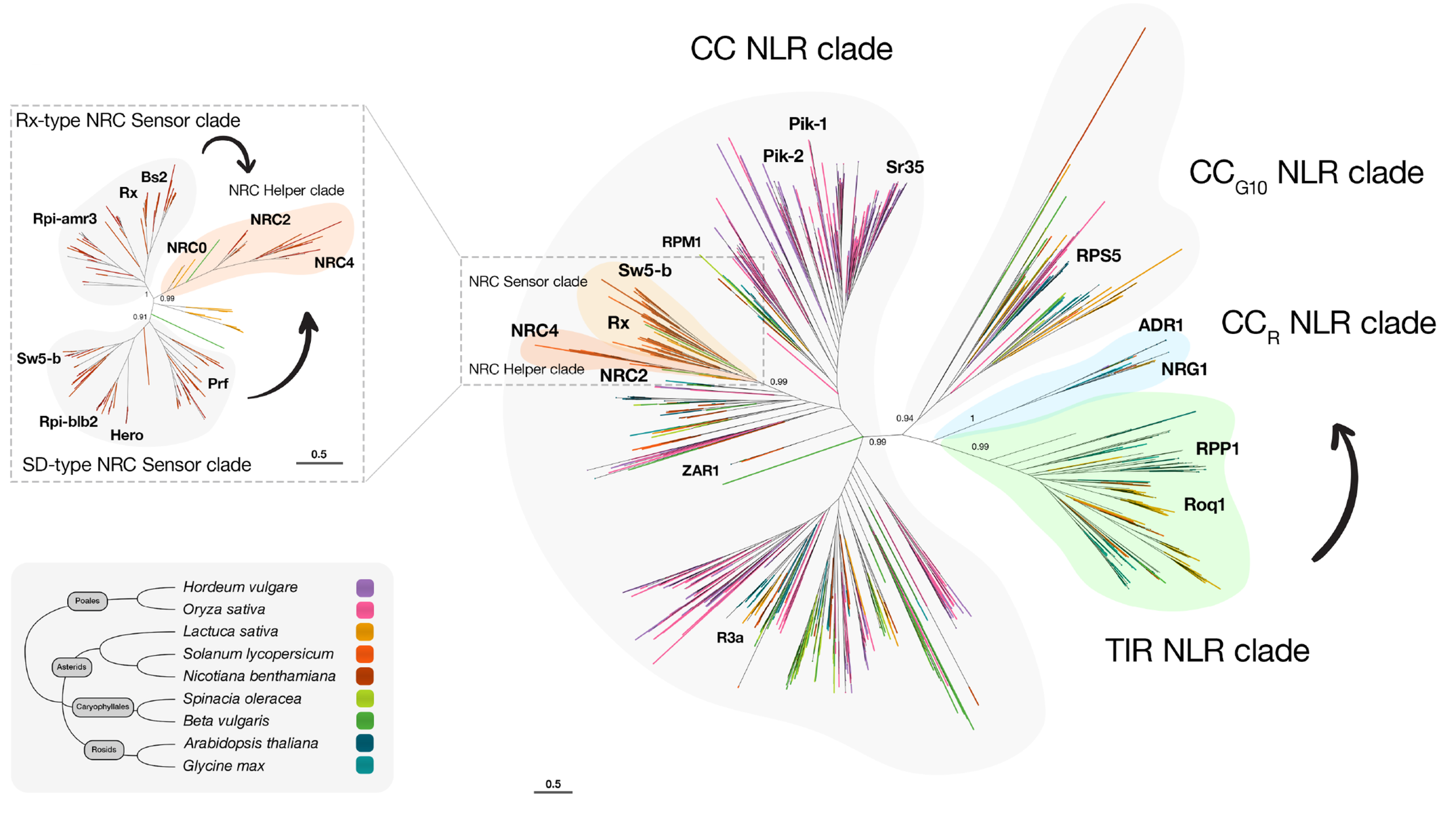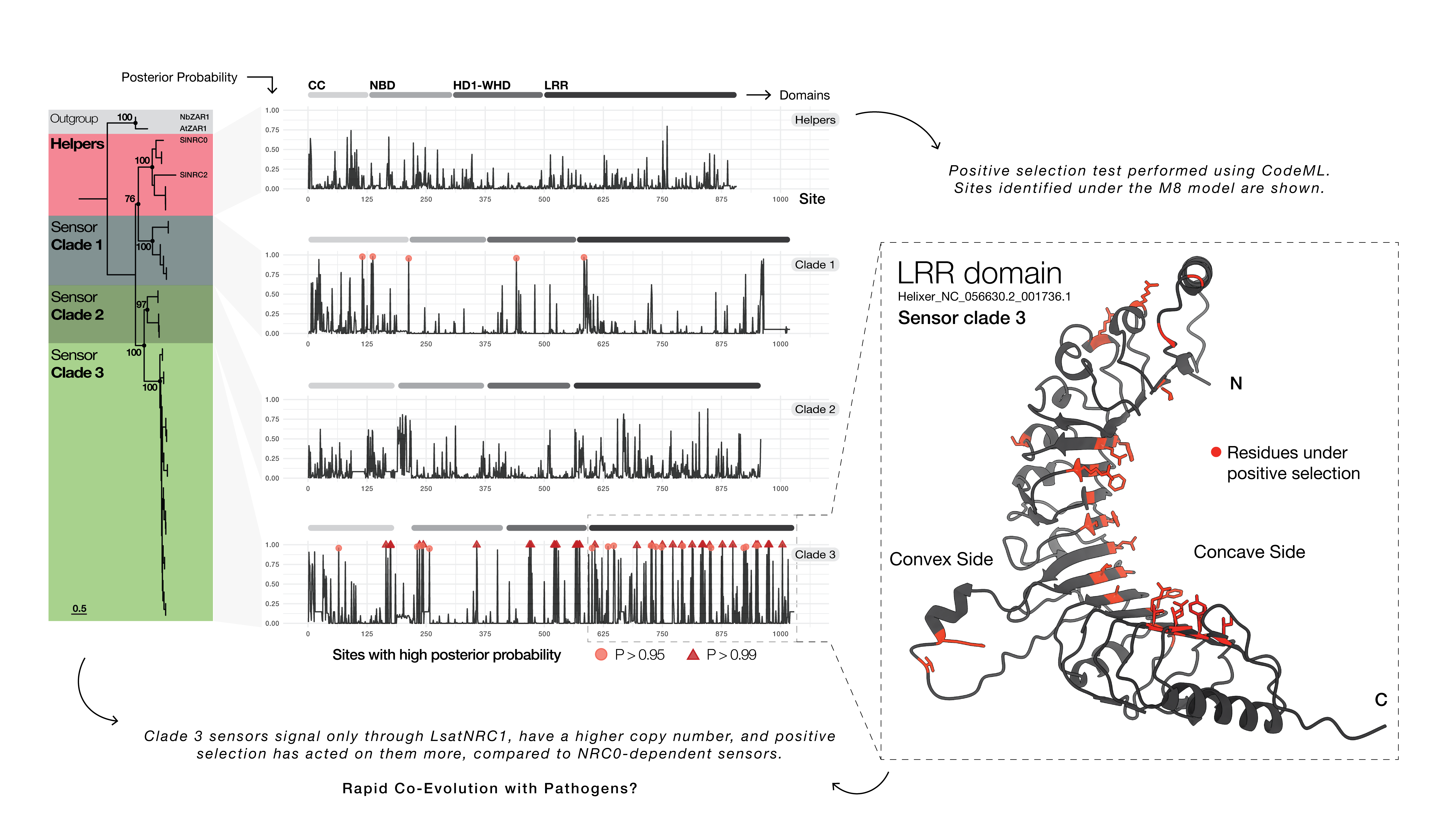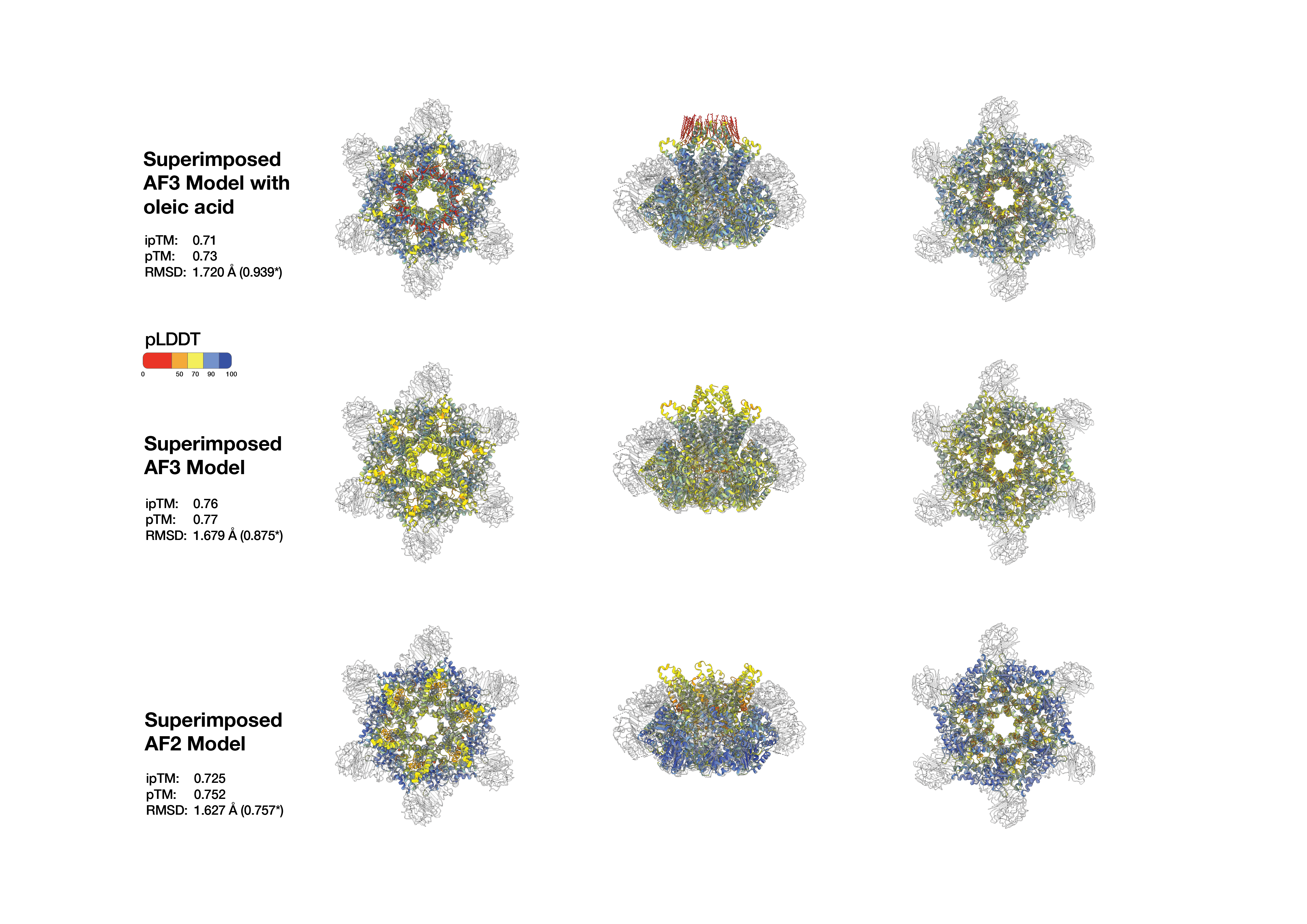Research
In my research, I aim to bridge bioinformatics approaches—including phylogenomics and computational structural biology—with functional data to generate hypotheses and ask new questions. The main facets of my work can be summarized as:
1. Phylogenomics of Plant Immune Receptors
Plants possess a diverse arsenal of immune receptors that recognize pathogen invasion and trigger defense responses. These receptors may reside on the cell surface—such as leucine-rich repeat receptor kinases and proteins (RLKs, RLPs; also known as pattern-recognition receptors, PRRs)—or within the cytoplasm, including nucleotide-binding leucine-rich repeat receptors (NLRs). My research focuses on uncovering the diversity of these immune receptors, along with other immunity-associated genes, across and within plant species (1–4).

2. Molecular Evolution of Plant Immune Receptors and Pathogen Effectors
Given the massive expansion and diversity of plant immune receptors, we often examine the evolutionary history of these gene families to better understand how plants and pathogens co-evolve. My research focuses on uncovering the differential evolutionary rates of various immune receptor types and families, as well as the pathogen effectors that target them or are recognized by them (3,5,6).

3. Computational Structural Biology
Recent advances in structural modeling now allow high-throughput computational analysis of plant immune receptors and pathogen effectors. My research focuses on the structural basis of resting and activated states in plant NLRs and PRRs, as well as the structural diversity of pathogen effectors (6–8).

References
- Contreras et al., NLR receptors in plant immunity: making sense of the alphabet soup. 2023.
- Torres-Ascurra et al., Functional diversification of a wild potato immune receptor at its center of origin. 2023.
- Pai et al., A hierarchical immune receptor network in lettuce reveals contrasting patterns of evolution in sensor and helper NLRs. 2025.
- Feng et al., A conserved small RNA-generating gene cluster undergoes sequence diversification and contributes to plant immunity. 2025.
- Selvaraj et al., Activation of plant immunity through conversion of a helper NLR homodimer into a resistosome. 2024.
- Madhukprakash et al., An effector from the potato late blight pathogen bridges ENTH-domain protein TOL9a to an activated helper NLR to suppress immunity. 2025.
- Madhuprakash et al., A disease resistance protein triggers oligomerization of its NLR helper into a hexameric resistosome to mediate innate immunity. 2024.
- Toghani et al., Can AI modelling of protein structures distinguish between sensor and helper NLR immune receptors? 2025.